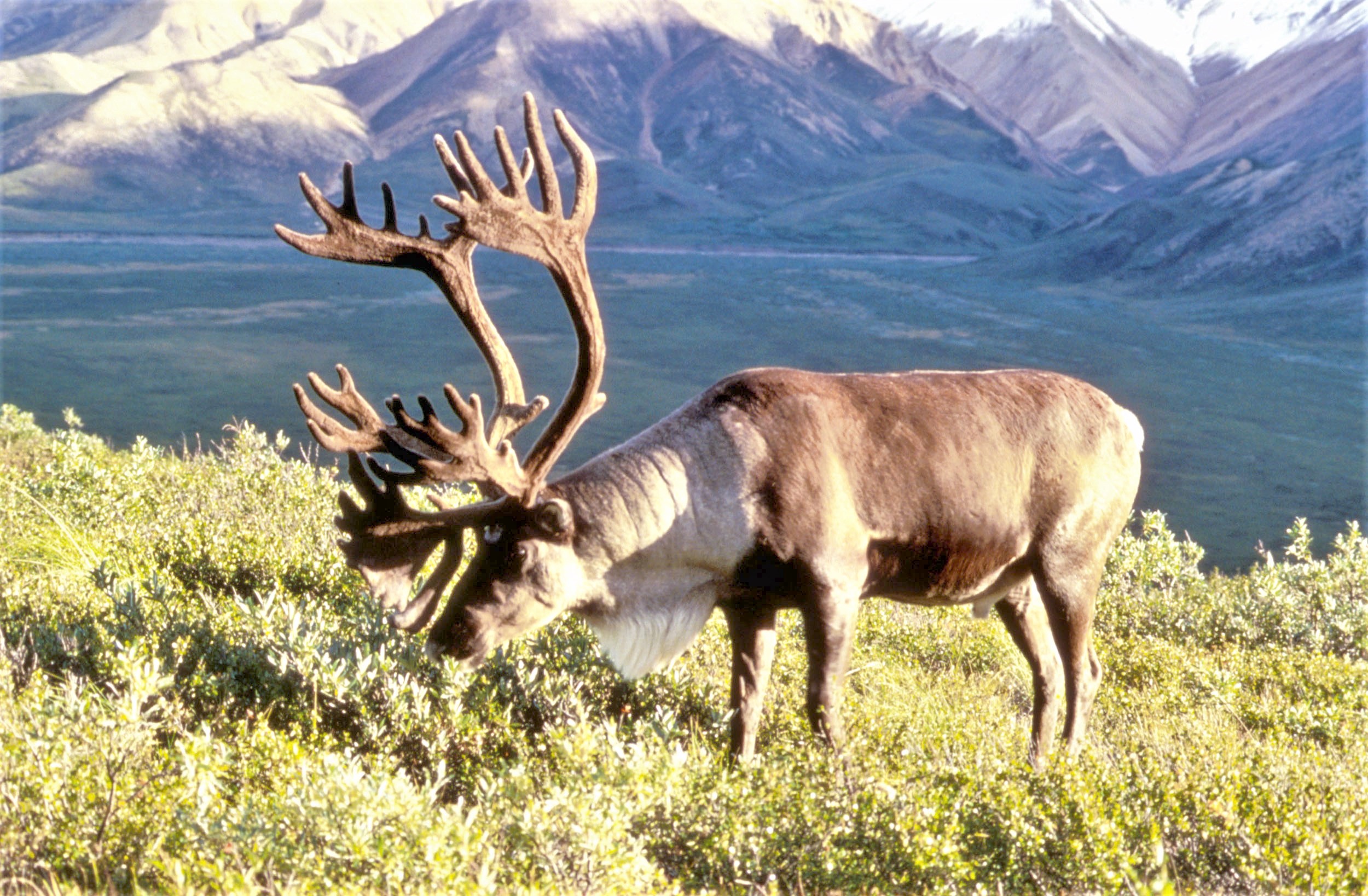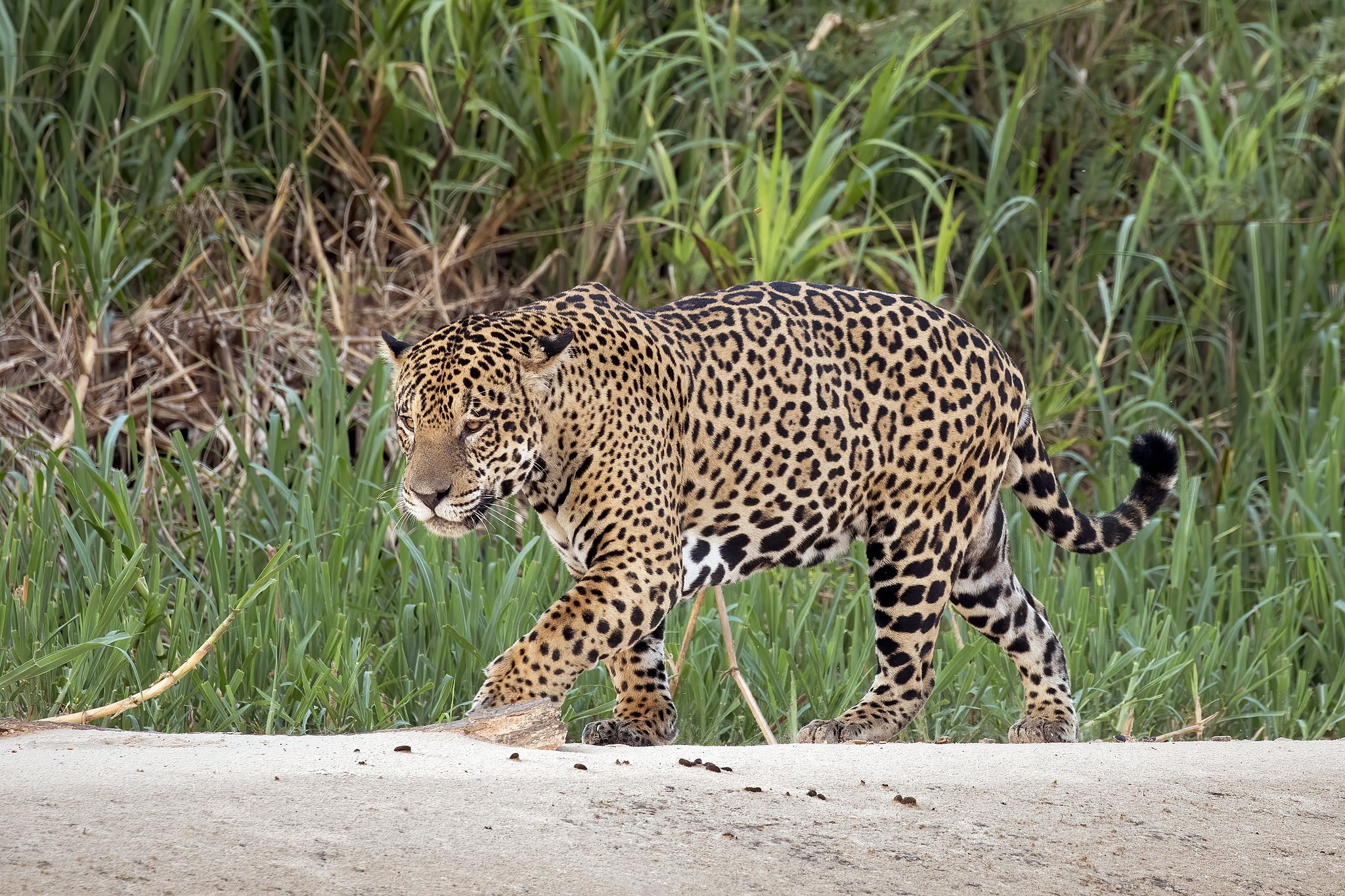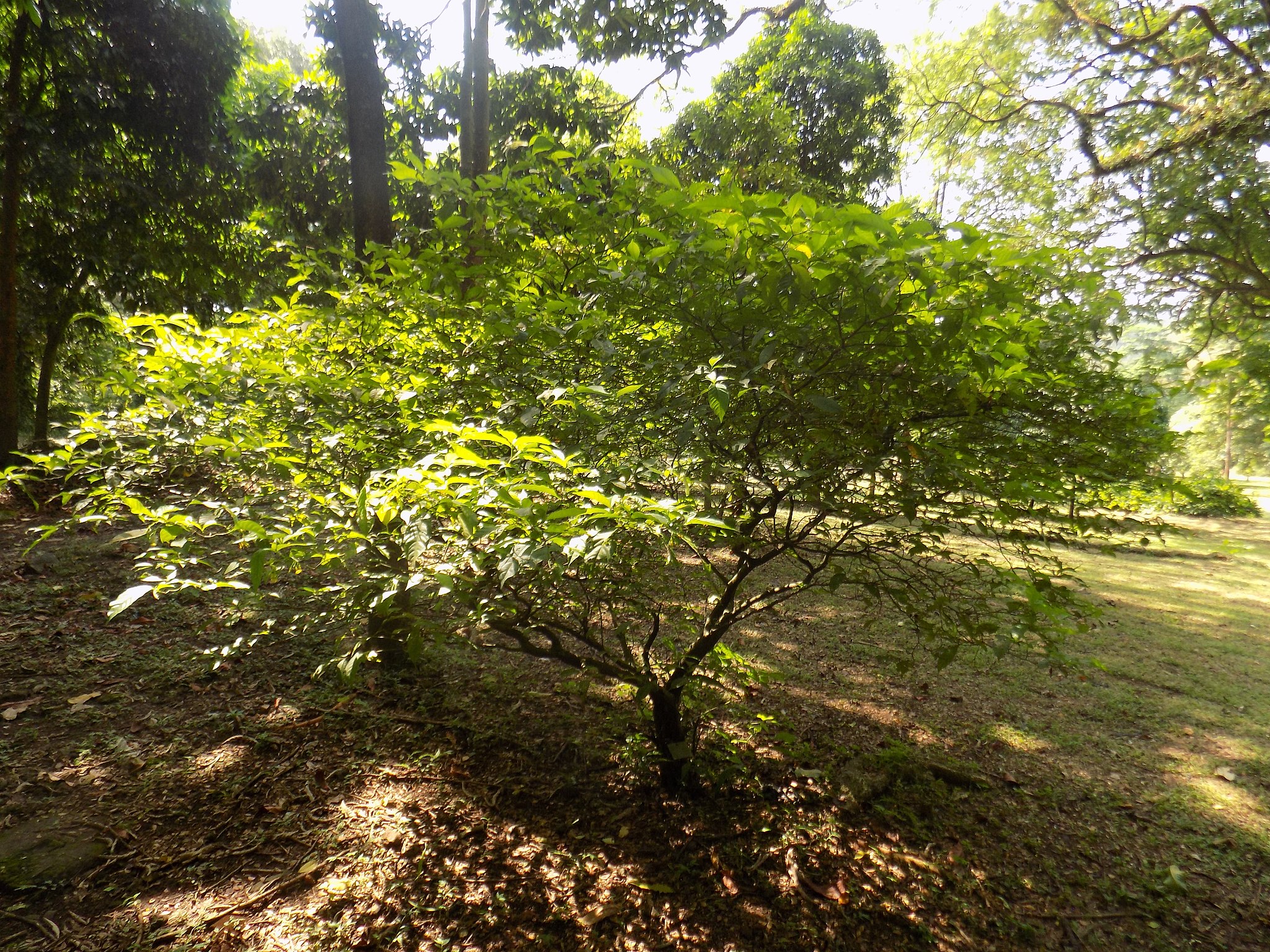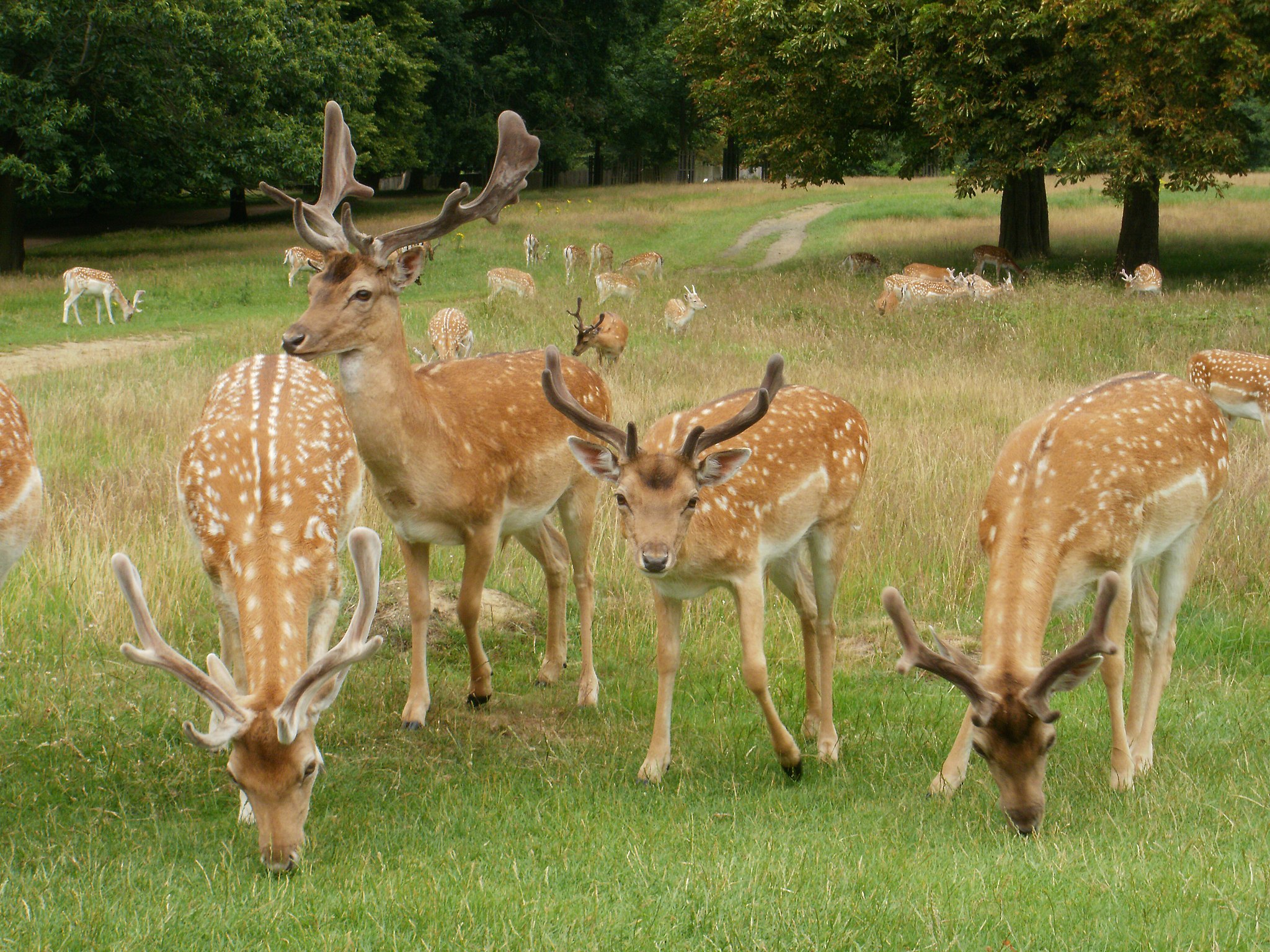Is drug use an instinctual behaviour?
Humans aren’t the only mammals that seek and consume psychoactive substances. For example, mandrills have been observed ingesting ibogaine, and deer have been seen eating red and white-spotted Mushrooms.
Caribou

Many types of deer, including reindeer, moose, and caribou, eat psychedelic Mushrooms.
While foraging, the deer will look for fly agaric (Amanita muscaria) Mushrooms, even beneath the winter snow. These red and white Shrooms are related to deadly types like the aptly named destroying angel and death cap. They have a collection of toxins, but they are not harmful like their other agaric counterparts.
They contain a compound that causes a sedative and hallucinogenic effect in mammals. Humans, such as the Siberian tribal societies who drink the psychoactive urine of agaric-eating reindeer, report a dream-like state.
It is said that after consuming the fungi, the deer will often behave as if they were drunk, or jumping around and generally having fun, while making noises.
These Mushrooms contain psychoactive agents, which are contained within the caribou urine. The urine can then be consumed. To get access to the urine of a herd mate that has fly agaric, there will be battles between the Caribou. When Siberian tribes noticed this, they realized that they could benefit from drinking the caribou urine.
The fly agaric is even stronger after passing through the reindeer system, with the added benefit of the chemicals that cause undesirable side effects being eliminated. Any species of animal, whether it be deer or human, that consumes the urine of the original shroom-muncher will experience a more potent high than the original shroom-muncher.
Jaguars on Yagé

Jaguars are the biggest cats in the Americas and can be found in places like Southern Arizona and warmer parts of South America. While they usually act like apex predators and walk around confidently as a cunning mass of muscles, teeth, and claws, they also like to party.
Jaguars will sometimes eat the leaves of the yagé vine (Banisteriopsis carpi)
The vine grows abundantly in the Amazon Rain-forest and affects jaguars interestingly. Perhaps you’ve seen this clip of a jaguar acting like a big, tipsy, goofy kitten from BBC’s Weird Nature.
Humans also like to drink a Banisteriopsis carpi cocktail now and then. This vine is the main ingredient in ayahuasca, a psychedelic spiritual aid that is used by both indigenous Amazon people, celebrities, middle-class business-persons, weekly-vasting-session types and other yogurt-weavers.
Contrary to popular belief, ayahuasca does not contain DMT. In fact, DMT is found in yagé, which is not the primary ingredient in ayahuasca. Instead, the harmala alkaloid compounds from the vine make it active. Because of this, jaguars are more likely to trip on harmala alkaloids. These alkaloids are strong, but they are probably not as strong as a full ayahuasca cocktail.
Scientists do not have a solid hypothesis as to why jaguars drug themselves like this. However, some South American tribes believe that the effects of the vine improve hunting skills in animals. Even though experts don’t know the exact effects on the big cat’s brain, any observer can conclude that it must be pretty powerful to make a jaguar wriggle on its back and stare at trees with intense fascination.
Iboga

Iboga (Tabernanthe iboga) is a shrub native to the tropical rainforests of Central Africa. It also has ibogaine, a psychedelic compound that is often forgotten about. Ibogaine is most concentrated in the roots and bark of the iboga, and many types of wildlife are known to indulge in its effects. But of these many species, one, in particular, appears to use it for premeditated purposes.
Mandrills, a more colourful cousin of baboons, are believed to use Iboga roots as a performance enhancer in dominance conflicts.
In his book Animals and Psychedelics, Italian ethnobotanist Giorgio Samorini narrates a conversation with a Mitsogho shaman in Gabon. The shaman says that male mandrills use iboga root to get themselves ready for competition.
The shaman said “the primates seek iboga, plucked from the ground, eat the roots, wait for their high to settle in, then prepare for battle.” It is unclear what performance-enhancing benefits they are experiencing, but it is possible that the psychedelic could induce a pain-killing effect and improve reaction time.
Humans are not as unique as we think

The above is only a small sample of the animals that consume psychedelics. It is often said that bighorn sheep pursue impossible-to-reach psychedelic lichen off the Canadian Rockies to get a “Rocky Mountain high.”
In the UK, the Author has observed deer eating small psilocybin Mushrooms in Richmond Park, Surrey. The effect lasts until midday, when they do this early in the morning.
Lemurs and other types of monkeys apply a mosquito-killing pesticide to their bodies by rubbing toxic millipedes onto their skin. They also eat the millipede, which gives them a high. It’s not clear whether that high is hallucinogenic or not.
The animal kingdom has its fair share of fascination with altered states, and it proves once again that humans are not as unique as we think.
Copyright © 2022 Geoffrey David Cowne
